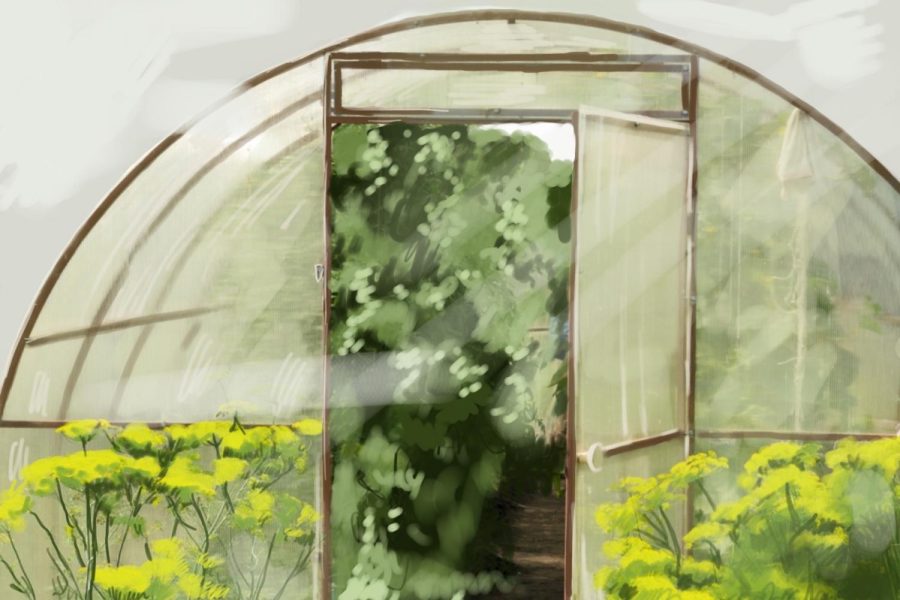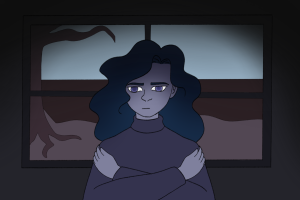UT should revitalize its campus greenhouses
November 9, 2022
Surrounded by an abundance of fresh flowers, sprouting greenery and adjacent to a thriving turtle pond, the run-down and perished greenhouses on Inner Campus Drive stick out like a sore thumb.
UT has maintained a relatively constant effort to create a greener campus with each passing year, earning recognitions from The Princeton Review in 2016 and receiving a “gold” rating from Sustainability Tracking Assessment & Rating System in 2020 and 2022.
Despite these efforts, the current state of the greenhouses represents a flaw in UT’s green campus design. UT should revitalize the campus greenhouses as another step toward beautifying the Forty Acres.
Restoring these greenhouses has benefits for both the UT student body and wildlife. Given its proximity to the turtle ponds, active greenhouses may encourage more students to stop by and spend time outdoors. In this way, UT can work toward a livelier campus and allow students to enjoy the benefits of being outside.
Greenhouses also serve as a safe haven for plants and wildlife. These facilities save water, are energy efficient and ultimately help to ensure their plants survive year-round. Outside of the process potentially being costly, there’s no significant obstacle that stands between fixing these spaces. This new addition would help with energy conservation and water efficiency — a major sustainability goal for the University.
“We agree a solution for the greenhouses is needed. We will be working with campus partners to explore and develop options,” said Veronica Trevino, assistant director of issues management for financial and administrative services, in an emailed statement.
It’s good that UT has acknowledged the issue, but action is still needed. It’s critical the University explores different avenues of restoration. The process will likely require lots of hands-on work and significant amounts of labor. However, there are benefits of having such a large campus. UT students care for their community, and there are sure to be many students that are able and willing to help with projects just like this.
Monique Hoarau, a classical languages freshman, is an active participant of and infographic designer for UT’s Microfarm. She spoke about potential student efforts in this project.
“I definitely think a space to grow (produce), like a greenhouse, should be reestablished,” Hoarau said. “(The greenhouses) could provide firsthand access to (students) interested in environmental sustainability and provide an environment where they can work and pursue this passion.”
UT should consider collaborating with environmentally focused student organizations in its attempts to restore these facilities. Organizations like the Microfarm could potentially benefit from this effort, as greenhouses serve as a much more sustainable form of farming. By working with students, UT could also avoid the financially strenuous aspects of this project.
Hoarau said the Microfarm would theoretically support this potential project.
“As an environmentally focused organization, we would do our best to uplift this type of project. We would definitely want to encourage others and spread awareness in any way we can,” Hoarau said.
UT should utilize volunteers and resources from these organizations to work toward restoring campus greenhouses. Not only would this be cost effective, but it would also unite the UT community around a common cause. Students, faculty and wildlife deserve a greener space on campus, and the University should do whatever they can to ensure this effort comes to fruition.
Carr is a journalism freshman from Dallas, Texas.
















